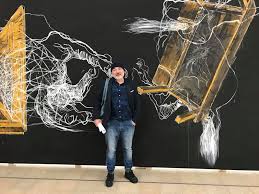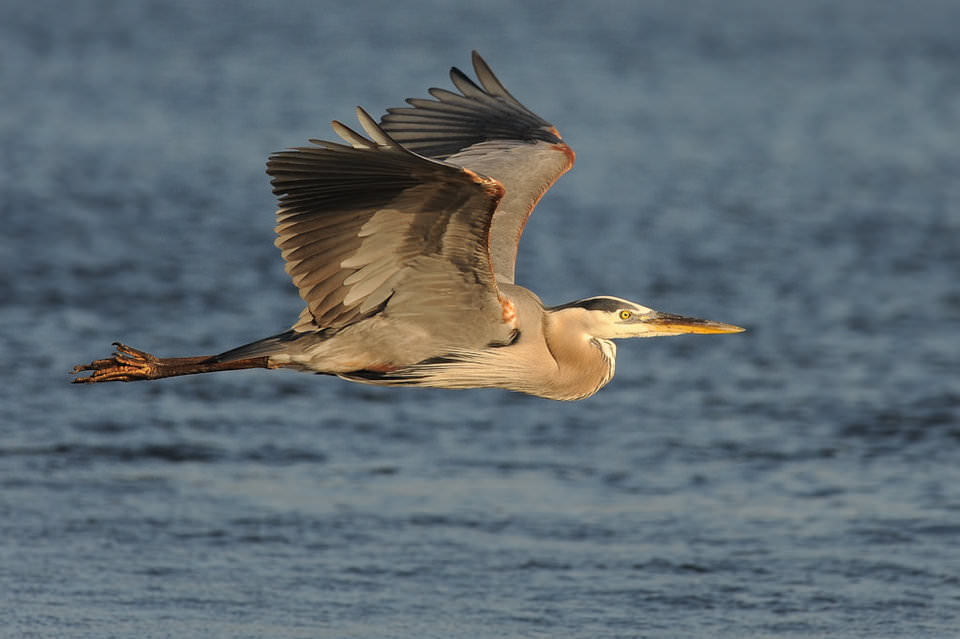mysteriously
HOW TO USE A TELECONverter
 What is a teleconverter?
What is a teleconverter?
Tele-converter (English sec. TS) is an additional optical system that is fixed between the camera body and the main lens. The purpose of the teleconverter is to increase the effective focal length of the primary lens. TSs are characterized by a magnification factor that varies from 1.2x to 3.0x (the most common are 1.4x and 2.0x). For example, for a telephoto lens with a focal length of 300 mm f / 2.8, a 2.0x tele-converter will double the focal length and reduce the maximum aperture by two full stops, resulting in a focal length of 600 mm f / 5.6. Teleconverters have the same effect on the zoom lens – the entire zoom range will be increased, and the maximum aperture will be reduced. For example, a 1.4x TC turns a lens with a focal length of 70-200 mm / 2.8 into a lens with 98-280 mm / 4.0. Continue reading
What is conceptual photography?
 Here is the first example, a photograph of Jeff Wall, which everyone knows, including because Hokusai is here, plus the familiar Bresson “decisive moment” and the plot-photo story that unfolds before our eyes. It should be noted that this is probably the most understandable conceptual photo of Wall. Here the author flirts with you, as it were, showing you a conceptual photo, the language of which is clear to you, because it is the language of modernist photography that is familiar to us. Its conceptualism is manifested in a dialogue with the history of art – Japanese engraving in combination with the modernist photographic language. The author of this simple work, as it were, invites you to his conceptual journey, in which to understand the rest of his work will be more and more difficult. Continue reading
Here is the first example, a photograph of Jeff Wall, which everyone knows, including because Hokusai is here, plus the familiar Bresson “decisive moment” and the plot-photo story that unfolds before our eyes. It should be noted that this is probably the most understandable conceptual photo of Wall. Here the author flirts with you, as it were, showing you a conceptual photo, the language of which is clear to you, because it is the language of modernist photography that is familiar to us. Its conceptualism is manifested in a dialogue with the history of art – Japanese engraving in combination with the modernist photographic language. The author of this simple work, as it were, invites you to his conceptual journey, in which to understand the rest of his work will be more and more difficult. Continue reading
Photography and art
 The value of photography as a chemical way of accurately capturing any visual objects is truly enormous in modern cultural life. Neither science is infinitely large – astronomy or astrophysics, nor any science infinitely small can do now without this wonderful eye, without photographic records that serve as translators between the still mysterious world of nature for us and our knowledge. In everyday life, photography is intertwined with our experiences, as every photographic card on the desk, every family album speaks of. The amateur photographic apparatus became the companion of a huge number of people, making fresh memories of any journey, of any events of their own life, making each a kind of artist, accustoming to collect interesting objects, interesting points of view and interesting lighting for their photographic perpetuation. Continue reading
The value of photography as a chemical way of accurately capturing any visual objects is truly enormous in modern cultural life. Neither science is infinitely large – astronomy or astrophysics, nor any science infinitely small can do now without this wonderful eye, without photographic records that serve as translators between the still mysterious world of nature for us and our knowledge. In everyday life, photography is intertwined with our experiences, as every photographic card on the desk, every family album speaks of. The amateur photographic apparatus became the companion of a huge number of people, making fresh memories of any journey, of any events of their own life, making each a kind of artist, accustoming to collect interesting objects, interesting points of view and interesting lighting for their photographic perpetuation. Continue reading



